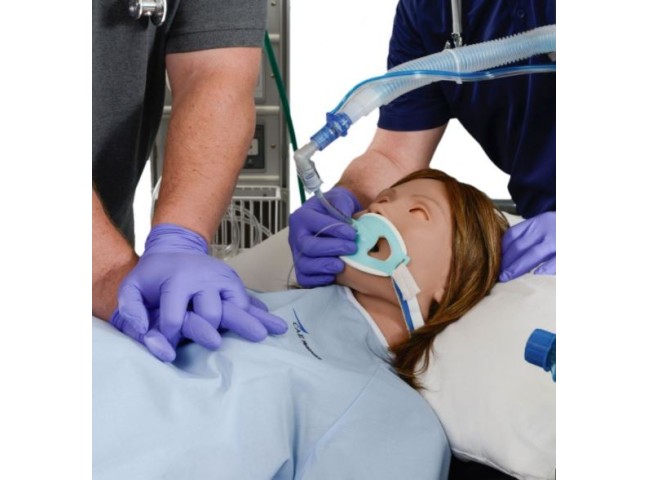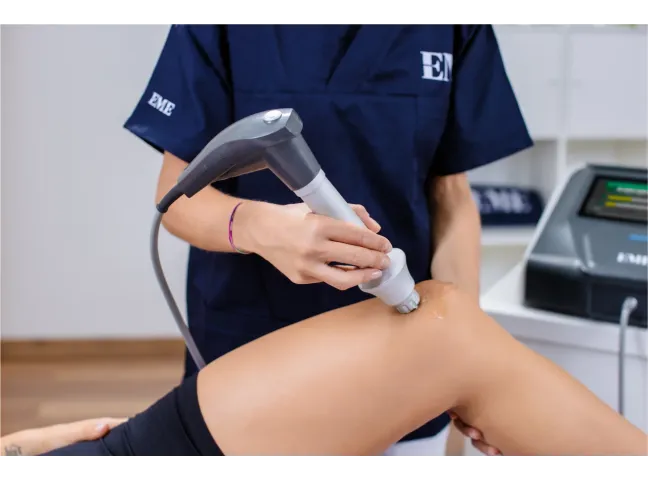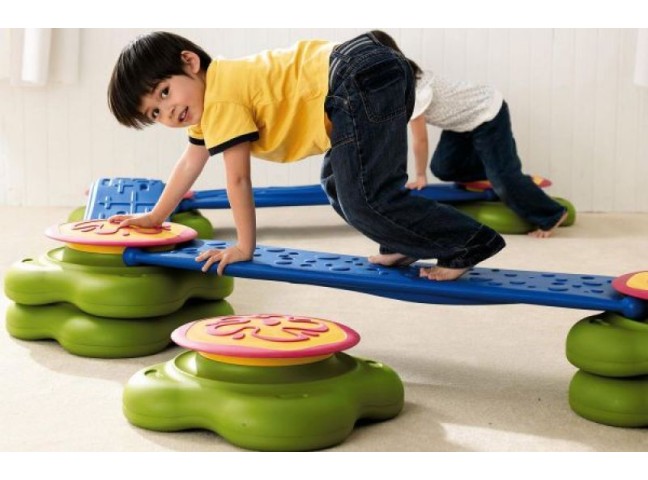Patients often do not pay attention to or completely overlook the instrument tables in medical offices, but a suitable and high-quality instrument table is very important in daily work activities for healthcare professionals. These tables are widely used in medical and procedural rooms. Instrument tables are made of stainless steel, with wheels, of high quality, sturdy, and easy to clean.
Types of Instrument Tables
Looking more closely at the existing types of instrument tables, it can be noted that they can be adjusted mechanically or hydraulically, or they can be of fixed height.

Mechanically Adjustable Instrument Tables
The height of these tables is adjusted mechanically. These are the simplest instrument tables, but they are not of poor quality. The healthcare provider can adjust the height of the instrument table by manually turning the stand's fixator, changing the table's height to the required level, and then tightening the fixator. These tables are comfortable, compact, stable, have a small working surface that is easy to clean, and are easily transportable. These tables are usually cheaper compared to other types. The only downside is the adjustment mechanism; it may not always be convenient for the healthcare provider to adjust the table.

Hydraulically Adjustable Instrument Tables
Tables adjustable by a hydraulic cylinder offer a wide range of options. This is a simple and convenient way for healthcare providers to adjust the height of the instrument table. By pressing the lever of the hydraulic mechanism with the foot, the height of the instrument table can be easily changed. These tables are comfortable, compact, take up little space, are easy to maneuver around, the working surface can be detached and rotated to a certain degree. Like mechanically adjustable tables, they are stable and of high quality.

Fixed Height Instrument Tables
The height of fixed-height instrument tables cannot be adjusted. These tables, like most tables, have wheels and are usually larger, heavier, more massive, with a larger surface area designed to hold all the necessary laboratory instruments. Fixed-height tables can be easily moved from one place to another, shelves are sturdy and stable, they can hold up to about 40 kg. Sometimes these tables have additional drawers where the healthcare provider can store smaller tools needed for procedures.
The type and size of instrument tables that medical institutions and employees choose depend on their work specifics and needs. It is important to know how many and what types of instruments need to be placed on the instrument table, whether the table should be next to the patient chair and whether it's important for the healthcare provider to be able to adjust the height or if the table only serves as a storage for instruments and tools and may not be moved frequently. For example, in a dental office next to the patient chair, a small, compact hydraulically adjustable table may be needed. It is also important to assess which way would be most convenient for the healthcare provider to adjust the height – whether it's easier and faster to adjust the table height with one hand or if it's not of great significance. Table prices also vary: mechanically adjustable instrument tables are usually the cheapest, hydraulically adjustable tables are slightly more expensive, and fixed-height tables are usually the most expensive because they are larger and more spacious.
All three types of instrument tables are important and necessary for healthcare facilities and healthcare providers, considering their work specifics and functions. The key is to choose the most suitable and practical tables for different procedural rooms.
Got questions?
If you have any questions, please contact Rehastar.com's staff by phone during business hours from 08:00 to 17:00 or via email at any time, and we will do our best to respond to you as soon as possible.
Email: info@rehastar.com
Phone: +370 626 11553






